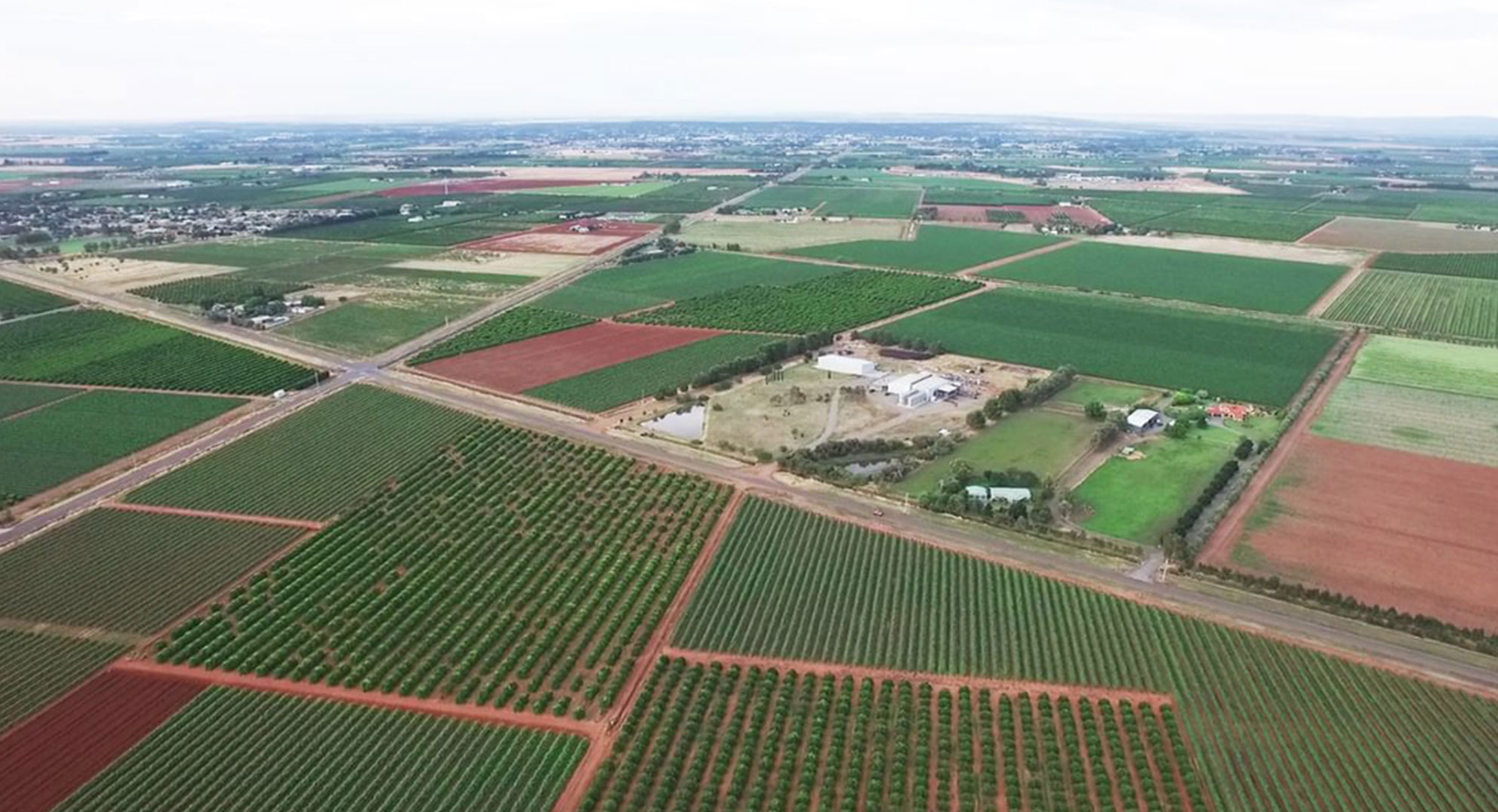Water infrastructure critical component anomaly detection and health prediction prototype

Status
In Progress
Project Type
Quickstart
Timeframe
2023 - 2024
Core Partners
Australian National University, University of Melbourne, Murrumbidgee Irrigation, Coleambally Irrigation, Rubicon
This project aims to identify why water infrastructure components fail in gravity-fed irrigation systems. It will create new tools to predict and diagnose these failures, which will help ensure reliable water supply, reduce costs, and improve the accuracy and availability of water data. Additionally, the project will develop plans for using these tools and explore how they will impact the workforce in the Murray–Darling Basin.
About this project
Efficient water management is essential for agriculture, environmental sustainability, and economic stability, especially in regions heavily dependent on irrigation like the Murray-Darling Basin.
The digital transformation of water infrastructure is revolutionising water delivery systems, enhancing efficiency, reducing costs, and providing more reliable and flexible service to customers.
In Australia, this transformation has been significantly driven by federal investments aimed at upgrading and
modernising the water infrastructure in the Murray–Darling Basin, where two-thirds of the nation’s irrigation water is used.
Large-scale, gravity-fed irrigation networks are being equipped with hundreds or even thousands of solar-powered instruments and measurement devices. These devices help deliver water more precisely and efficiently to end users. Further improvements are being sought through the monitoring, maintenance, repair, and replacement of these devices to prevent failures and extend their operational life.
A key component of the transformation is the implementation of supervisory control and data acquisition (SCADA) systems. SCADA systems remotely monitor field instruments and devices, alerting operators to potential faults or anomalies. However, the sheer number of devices can lead to false alarms, causing alarm fatigue and potentially masking actual issues.
To address this, this project is conducting a failure mode and effects analysis (FMEA). FMEA systematically analyses potential failure modes of critical components like water level sensors and battery systems, their causes, and their effects on overall systems. This helps in prioritising risks and developing strategies to mitigate failures.
Workshops with industry partners, researchers, and technical experts have been conducted to discuss critical failure modes and develop design briefs for anomaly detection tools. These tools will use both classical methods and advanced techniques like Bayesian networks to detect and diagnose faults early, ensuring reliability and efficiency in water delivery systems.
Outcomes
By identifying patterns in data anomalies, the project aims to improve fault detection and reduce the incidence of false positives. This proactive approach to asset management not only enhances the performance of the infrastructure but also lowers maintenance costs and improves the quality of hydrometric data, supporting other initiatives like leak detection and seepage estimation.